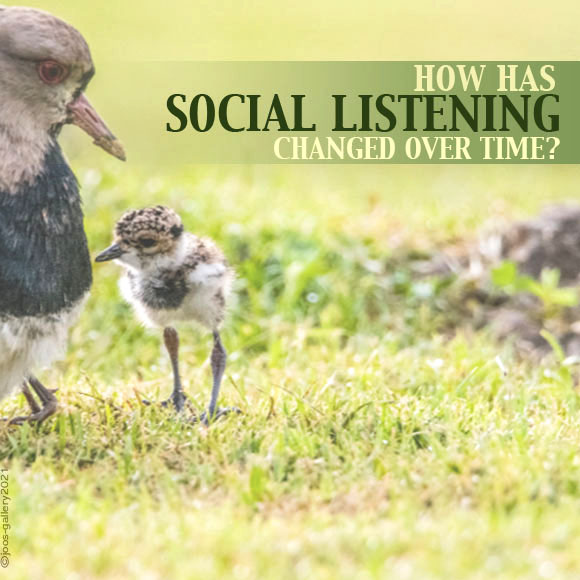
Perhaps you’ve heard the phrase social listening and wondered what it meant. Or you’ve already been listening and want to know what has changed lately. Either way, stay tuned as I discuss this topic.
First of all, what is social listening?
Sprout Social has a terrific article not only defining social listening, but listing tools and telling why social listening is important and why you should pay attention to your audience online (before speaking). So here’s their quote “Social listening refers to analyzing the conversations and trends happening not just around your brand, but around your industry as a whole, and using those insights to make better marketing decisions.” Like your parents said, listen before you speak. This helps you understand the context of any conversations happening online. Monitoring conversations and sentiment can help you decide what strategy your brand should take.
Examples of social listening
Social listening means tracking your brand or topic on social media and then making adjustments or changes in direction based on what you hear. So for instance, you might have a Google alert for your business name. You might see or hear someone say something negative about your business and then you can change course to correct that negative comment. Or you could address the person making a negative comment directly, as some businesses do on Google or Yelp reviews. You might like Hubspot’s article on social listening: What is Social Listening and Why is it Important? For one thing, as explained in Hubspot’s article “customers like it when brands respond.” Recently, when I gave a negative review to a restaurant, the restaurant manager invited me back to see whether they could change my mind. Would I be more apt to return to a restaurant that responded to a review? You betcha!
Tools for social listening
Of course Google, Yelp, and all sorts of social media platforms would be good tools for social listening. Having a Google alert for your business, including misspellings of your name, would also help. You could make yourself a reminder to check for negative or positive reviews. One good trick is to set up a column in your social media monitoring tool for mentions of your name. People don’t always complain directly to your business. So checking into NextDoor or local pages on Facebook can be good monitoring tools, too. If you have a brick-and-mortar business, be sure to claim your Google and Yelp accounts so you can respond. Here’s an article that could help: Five Quick Ways to Boost Your Social Media Listening.

How Has Social Listening Changed over Time? | Image by Karolina Grabowska from Pixabay
What’s changed?
In the before time, people might have talked to each other more directly. But with more social media channels, people can write, text, send videos, tweet, and post about your business. So you need to be even more vigilant about checking. Asking friends and neighbors about where people are talking could be a good strategy. Being able to respond is important. By social listening, you will be more able to identify your customer’s pain points. And if you want to learn more about pain points, you might like How to Find Your Audience’s Pain Points and Why You’d Want to.
Speak Your Mind